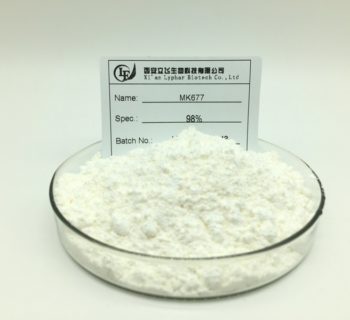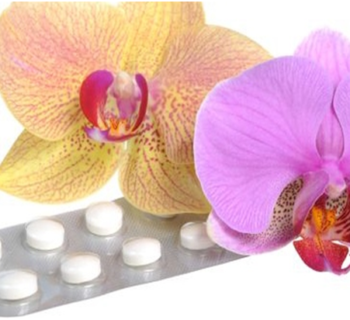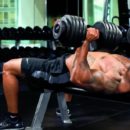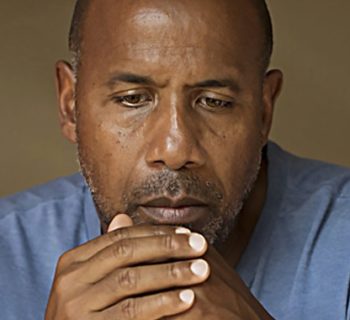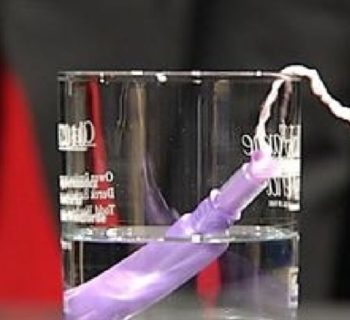Are you experiencing discomfort or pain in your nipples? Don't brush it off as something minor. Nipple injuries are more common than you might think and can have a significant impact on your daily life. This article will explore the world of nipple injuries, understand their causes, and learn how to heal them effectively.
Whether it's from breastfeeding, exercise, or accidents, nipple injuries can be quite painful and can disrupt even the simplest of activities. Addressing these injuries promptly is essential to prevent further complications and ensure a quick recovery.
Common Causes Of Nipple Injuries
Nipple injuries can occur due to various reasons, and it's crucial to understand the common causes to prevent future occurrences. One of the most prevalent causes is improper latch during breastfeeding. When the baby does not latch on correctly, it can lead to sore and cracked nipples. Additionally, vigorous exercise or friction from ill-fitting bras can also cause nipple injuries. Accidents, such as getting caught in a zipper or suffering a blow to the chest, can result in nipple trauma as well. By identifying the causes, you can take proactive steps to minimize the risk of nipple injuries.
Prevention is critical, but accidents happen. So, let's explore the different types of nipple injuries and their symptoms to understand better what you might be dealing with.
Types Of Nipple Injuries
Nipple injuries can manifest in various ways, each with its own set of symptoms and challenges. Cracked and bleeding nipples are not uncommon, especially among breastfeeding mothers. These injuries can cause severe pain and discomfort, making it challenging to continue nursing. Infections, such as mastitis or thrush, can also occur, leading to further complications. Additionally, scarring and nipple piercings can result in long-term nipple damage. Understanding the specific type of injury is crucial for proper treatment and healing.
Signs And Symptoms Of Nipple Injuries
Recognizing the signs and symptoms of nipple injuries is vital for early intervention and effective healing. Common symptoms include pain, tenderness, and sensitivity in the affected nipple. You may also notice redness, swelling, or itching. In more severe cases, there may be bleeding or discharge from the nipple. Paying attention to these symptoms and not dismissing them as temporary discomfort is essential. Seeking prompt medical attention can prevent the injury from worsening and expedite healing.
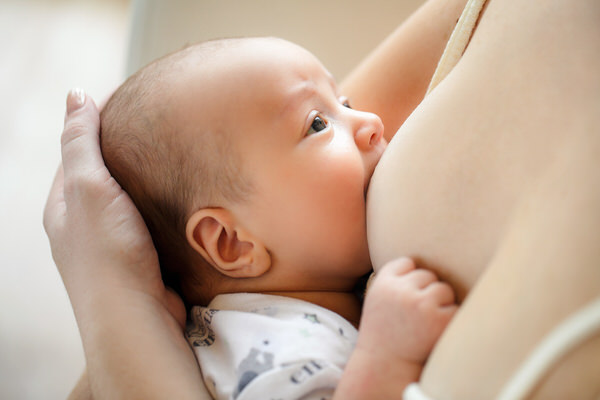
Immediate First Aid for Nipple Injuries
When faced with a nipple injury, providing immediate first aid can alleviate pain, reduce swelling, and prevent further damage. Start by gently cleaning the affected area with warm water and mild soap. Pat dry with a clean towel and avoid rubbing to minimize irritation. Applying a cold compress or ice pack wrapped in a cloth can help reduce swelling and numb the area, providing temporary relief. If the injury is bleeding, apply gentle pressure with a clean cloth until the bleeding stops.
While these initial steps can offer temporary relief, seeking prompt medical attention is crucial. Urgent injury care is important to ensure proper evaluation and treatment, especially if the injury is severe or there are signs of infection or significant bleeding. Professional medical care at Level One Urgent Care can help address underlying issues, provide appropriate treatment, and prevent potential complications.
Seeking Medical Attention For Nipple Injuries
While minor nipple injuries may heal with proper self-care, it's crucial to seek medical attention for more severe injuries or persistent symptoms. A healthcare professional can assess the injury's extent, provide appropriate treatment, and rule out any underlying conditions. They may prescribe topical ointments, antibiotics, or pain relievers to aid in healing and manage discomfort. Remember, it's always best to consult a medical professional for an accurate diagnosis and personalized treatment plan.
Nipple Injury Prevention Tips
Preventing nipple injuries is always better than dealing with their consequences. Ensure a proper latch during breastfeeding by seeking guidance from a lactation consultant or healthcare provider. Wearing well-fitting, supportive bras during exercise can reduce friction and minimize the risk of injury. Avoid activities that may put excessive pressure on the chest area or lead to accidental trauma. Proper hygiene and care for nipple piercings can also prevent long-term damage. By implementing these preventive measures, you can protect your nipples and maintain their health.
Home Remedies For Healing Nipple Injuries
In addition to medical treatments, specific home remedies can promote healing and relieve nipple injuries. Applying a lanolin-based nipple cream can soothe cracked and sore nipples, allowing them to heal faster. Warm saline compresses can help alleviate pain and reduce inflammation. Natural remedies like aloe vera gel or coconut oil may also provide temporary relief. However, it's essential to consult with your healthcare provider before trying any home remedies to ensure they are safe and appropriate for your specific situation.
Healing And Recovery Process For Nipple Injuries
The healing and recovery process for nipple injuries can vary depending on the severity of the injury and individual factors. It's crucial to prioritize self-care and follow the recommended treatment plan. This may include regular cleansing, applying prescribed ointments or creams, and avoiding activities that can aggravate the injury. Resting and allowing your body time to heal is equally essential. Remember, healing takes time, and patience is critical during this process.
Emotional Aspects Of Dealing With Nipple Injuries
Nipple injuries can have emotional implications, impacting your self-esteem, body image, and overall well-being. It's normal to feel frustrated, anxious, or even depressed when dealing with pain and discomfort. Seeking support from loved ones, joining support groups, or consulting with a mental health professional can help you navigate the emotional aspects of dealing with nipple injuries. Remember, you are not alone, and resources are available to support you on your healing journey.
Conclusion
Nipple injuries are more common than we realize, and they can significantly impact our daily lives. Understanding the causes, symptoms, and treatments for nipple injuries is crucial for effective healing and prevention. By taking proactive steps to prevent injuries, seeking prompt medical attention when needed, and implementing proper self-care practices, you can handle the hurt and nurture your well-being. Don't let discomfort hold you back – regain control and prioritize your nipple health today.





